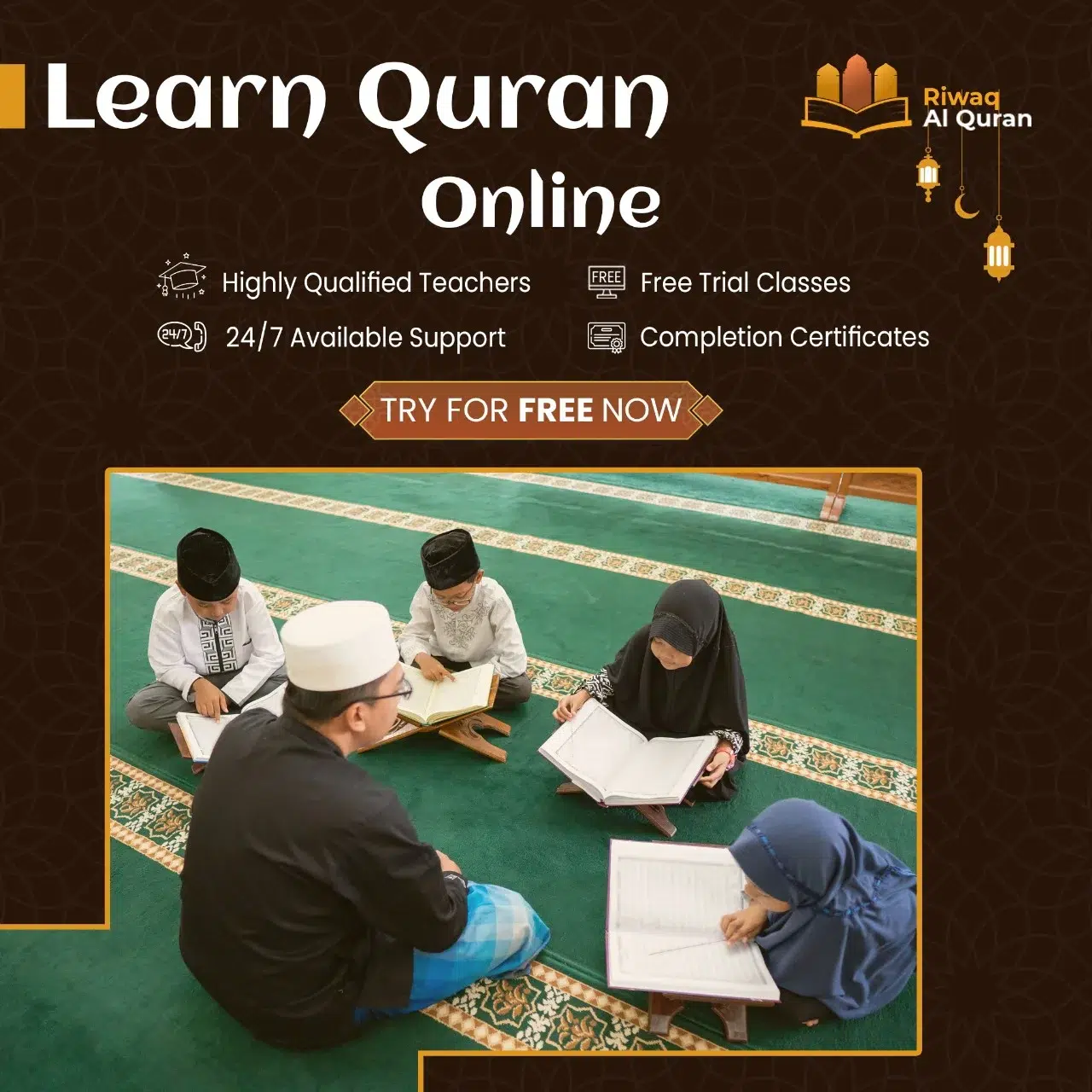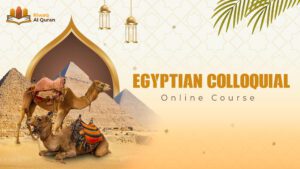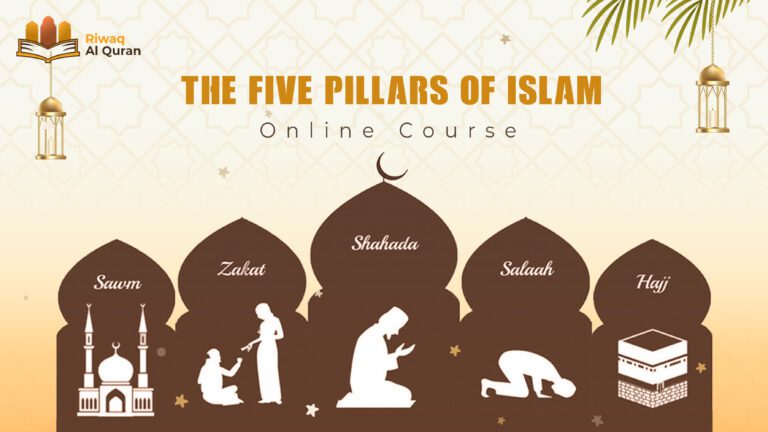Tafsir, the detailed interpretation of the Quran, deepens our understanding of Allah’s words. Two main types include Tafsir Bil Riwaya, relying on transmitted sources like the Quran, Sunnah, and Companions’ insights, and Tafsir Bil Ra’y, based on scholarly reasoning and ijtihad. Both methods enrich comprehension, helping Muslims apply the Quran’s guidance in their lives.
If you are not an Arab, you might have come across situations where you wanted to know the types of Tafsir with examples and understand the meaning of the verses you were reciting but could not do that because of the language barrier.
Scholars have developed various methodologies to approach the Quran, each with its unique principles and sources. This article explores the different types of Tafsir based on their methodologies, as outlined in traditional Islamic scholarship.
Table of Contents
Types of Tafsir
Tafsir employs various methodologies to interpret the divine text. Traditional Tafsir (Tafsir bil-Ma’thur) relies on transmitted knowledge from the Quran, Hadith, and the insights of the Prophet’s companions, ensuring authenticity and continuity. In contrast, Tafsir bil-Ra’y integrates intellectual reasoning while adhering to Islamic principles, allowing scholars to analyze the text with linguistic, philosophical, and theological perspectives.
Other approaches, such as Tafsir bil-Lughah, emphasize the importance of Arabic language nuances, while Tafsir al-Ahkam focuses on extracting legal rulings.
Some interpretations take a thematic or comparative approach, such as Tafsir Mawdu’i, which examines specific concepts across the Quran, and Muqaran, which contrasts different scholarly viewpoints.
Meanwhile, Tafsir al-Ishtiraki explores symbolic meanings, though its validity remains debated. Each method contributes to a deeper understanding of the Quran, ensuring its teachings remain relevant and accessible across generations.
1. Tafsir bil-Ma’thur (Tafsir Based on Tradition) – Bil Riwaya
Tafsir bil-Ma’thur refers to the interpretation of the Quran using authoritative sources such as the Quran itself, the Sunnah (traditions of the Prophet Muhammad), the sayings of the Companions (Sahabah), and, according to some scholars, the statements of the Successors (Tabi’un). This method relies on transmitted knowledge and avoids personal opinion unless supported by these sources.
Examples of Tafsir bil-Ma’thur include:
- Tafsir Ibn Kathir: A renowned exegesis that emphasizes Quranic verses, Hadith, and the opinions of the Companions.
- Tafsir al-Tabari: A comprehensive work that combines linguistic analysis with narrations from the Prophet and early scholars.
- Tafsir al-Baghawi: Known for its simplicity and reliance on authentic sources.
Subtypes of Tafsir bil-Ma’thur:
- Tafsir of the Quran by the Quran: This involves explaining one Quranic verse with another. For example, the verse “Fulfill the contracts” (Quran 5:1) is clarified by another verse detailing what is prohibited (Quran 5:3).
- Tafsir by the Sunnah: The Prophet Muhammad’s explanations of Quranic verses, such as his interpretation of “those who consume usury” (Quran 2:275) as involving unequal exchanges of specific goods.
- Tafsir by the Sayings of the Companions and Successors: The Companions’ understanding of the Quran is highly valued due to their proximity to the Prophet and their mastery of the Arabic language.
This type of Tafsir explains Quranic verses through transmitted sources, including the Quran itself, the sayings and actions of the Prophet Muhammad (PBUH), and the interpretations of the Prophet’s Companions.
For instance, certain Quranic Ayahs clarify others by addressing similar subject matter. When an unexplained statement arises, referring to other Quranic passages often provides clarity. Additionally, the Prophet’s Sunnah and the Companions’ insights further illuminate the meanings of verses.
2. Tafsir bil-Ra’y (Tafsir Based on Reason)
Tafsir bil-Ra’y involves interpreting the Quran using rational analysis and intellectual reasoning, provided it does not contradict established Islamic principles. This method requires deep knowledge of Arabic, Islamic jurisprudence, and other related sciences.
Key works of Tafsir bil-Ra’y include:
- Al-Kashshaf by Zamakhshari: A seminal work that combines linguistic elegance with rational analysis.
- Tafsir al-Baydawi: Known for its concise yet profound explanations.
- Tafsir al-Razi: A detailed exegesis that integrates philosophy and theology.
Conditions for Tafsir bil-Ra’y:
- The interpreter must have a sound creed and sincere intentions.
- They must be well-versed in Arabic, Quranic sciences, and Islamic jurisprudence.
- They should avoid personal biases, philosophical deviations, and unverified narrations.
An example of Tafsir bil-Ra’y is the interpretation of “Whoever desires the life of this world” (Quran 17:18) as referring to both believers and non-believers, with the latter being the primary focus due to the subsequent mention of punishment in the Hereafter.
This type of Tafsir relies on reasoning and Ijtihad (independent scholarly effort) rather than direct transmission. Scholars use comparison and contrast among Quranic verses, traditions, and the sayings of the Companions to deduce interpretations. This method is not based on random assumptions but on rigorous analysis to arrive at specific meanings.
3. Tafsir bil-Lughah (Linguistic Tafsir)
Tafsir bil-Lughah focuses on explaining the Quran based on the Arabic language’s rules and nuances. Since the Quran was revealed in Arabic, understanding its linguistic context is essential for accurate interpretation.
An example is the interpretation of the word “istawa” (ascended) in “Then He ascended the Throne” (Quran 7:54), which is understood metaphorically as a demonstration of Allah’s majesty and authority.
4. Tafsir al-Ishtiraki (Symbolic or Allusive Tafsir)
Tafsir al-Ishtiraki interprets Quranic verses based on hidden or symbolic meanings, often associated with Sufi traditions. However, this method is controversial and considered invalid by many scholars, as it may deviate from the Quran’s apparent meanings.
For instance, interpreting “Pharaoh” as representing the human ego or “the disbelievers” as internal struggles is seen as an overreach and a distortion of the Quran’s intended message.
5. Tafsir al-Ahkam (Tafsir of Legal Rulings)
Tafsir al-Ahkam focuses on verses related to Islamic jurisprudence (Fiqh). This type of Tafsir is crucial for deriving legal rulings and understanding the Quran’s guidance on worship, transactions, and social conduct.
Notable works include:
- Ahkam al-Quran by al-Jassas: A Hanafi perspective on legal verses.
- Al-Jami’ li Ahkam al-Quran by al-Qurtubi: A Maliki exegesis emphasizing legal rulings.
- Tafsir al-Zamakhshari: A Shafi’i work integrating linguistic and legal analysis.
An example is the interpretation of the verse on ablution (Quran 5:6), where scholars reconcile different readings (e.g., “wash your feet” vs. “wipe your feet”) to establish the ruling of washing the feet during ablution.
6. Types of Tafsir Based on Methodology
Tafsir can also be categorized based on its approach:
- Ijmalī (Concise Tafsir): Provides brief explanations without extensive detail, such as Tafsir al-Jalalayn.
- Tafsīr Tahlīlī (Analytical Tafsir): Offers detailed and expansive commentary, like Tafsir al-Tabari.
- Muqāran (Comparative Tafsir): Compares different interpretations to highlight strengths and weaknesses.
- Mawdu’i (Thematic Tafsir): Focuses on specific themes or terms across the Quran, such as studies on “Ummah” or “Covenant” in the Quran.
Experience Riwaq Al Quran Classes
Watch real moments from our live sessions at Riwaq Al Quran and see how we bring learning to life. These clips highlight our interactive, student-focused approach designed to keep learners engaged, motivated, and actively involved in every step of their educational journey.
Different Types of Tafsir Books
To explain the types of Tafsir with examples clearly to you, we have listed the types of Tafsir with examples of prominent books for you below:
1. Books Tafsir Bil Riwaya
In this type of Tafsir, the Quran is explained through three primary sources. First, it is interpreted by the Quran itself, where one verse clarifies the meaning of another. Second, it is explained through the Sunnah, using the sayings and actions of the Prophet Muhammad to provide context and understanding. Third, it is understood through the statements of the Sahaba, the companions of the Prophet, who possessed firsthand knowledge of the Quran’s revelation and its intended meanings.
- Jami’ Al-Bayan by Al-Tabari
- Tafsir Al-Qur’an Al-Azim by Ibn Kathir
- Ma’alim Al-Tanzil by Al-Baghawi
- Al-Muharrar Al-Wajiz by Ibn Atiyah
- Al-Durr Al-Manthur by Al-Suyuti
2. Books of Tafsir Bil Ray
Tafsir bil Ra’y cannot be praise-worthy without considering and tuning into Tafsir bil Riwaya, for it should combine opinions with reports, and intellect with transmitted knowledge. Thus, the Tafsir bil Riwaya does not differ in such a way that it opposes or conflicts with it.
- Mafatih Al-Ghayb by Al-Razi
- Anwar Al-Tanzil by Al-Baydawi
- Madarik Al-Tanzil by Al-Nasafi
- Ruh Al-Ma’ani by Al-Alusi
What Is the Best Tafseer of the Quran?
Now, you might be wondering, “What is the best Tafsir of the Quran?” The answer is that there is no single Tafsir that is the best for everyone. The best Tafsir is the one that most closely aligns with your purpose or objective. So it’s essential to choose a Tafsir that best resonates with your current understanding and the challenges you face.
5 Methods of Tafseer
1. Through Quran
The Quran explains itself by referencing related verses, where one verse provides clarity for another on similar topics or concepts. This method is the most authentic, as Allah knows best what He means.
2. Through Sunnah
The Prophet Muhammad’s (PBUH) sayings and actions explain Quranic verses. For instance, Al-Baqarah: 187 mentions “white thread and black thread,” which the Prophet clarified as the distinction between night and day. The Sunnah is a key source for understanding the Quran.
3. Through Aathaar
The sayings of the Prophet’s Companions (RAA) are valuable, as they had a deep knowledge of the Quran’s revelation and context. When neither the Quran nor the Sunnah clarified a verse, the Companions used their understanding to interpret it.
4. Through Language
Understanding the Quran through Arabic grammar and vocabulary is crucial but requires expertise. Language evolution led to varying interpretations, as seen in the term lams in An-Nisa: 43, which has been understood differently by scholars like Imam Al-Shaafi’ee and Imam Abu Hanifa.
5. Through Opinion
Logical interpretation is acceptable if it aligns with the first four methods. Personal opinions contradicting these are prohibited. The Prophet (PBUH) warned against interpreting the Quran solely based on personal reasoning.
What Is the Difference between Tafsir and Taweel?
‘Ta’wil is derived from the root ‘Awwl’ which means ‘to return, to return to,’ suggesting returning to the origins of a word to understand its meanings and connotations. Here are the common differences between Tafsir and Taweel:
1. Meaning
- Tafsir: Used to explain a word with only one meaning.
- Ta’wil: Used to determine one of the meanings attached to a word.
2. Interpretation Basis
- Tafsir: Classified by Al-Maturidi as interpretations based on knowledge.
- Ta’wil: Considered interpretations based on reason (Ijtihad).
3. Literal vs. Intent
- Tafsir: Represents the literal meaning of a verse.
- Ta’wil: Represents the actual intent of a verse.
4. Application
- Tafsir: Explains the meaning of the individual words in a verse.
- Ta’wil: Explains what the verse is trying to convey.


Why Students Love Learning with Riwaq Al Quran
Hear directly from our students about how Riwaq Al Quran Academy has transformed their connection with the Book of Allah. Their experiences reflect the dedication, care, and quality that guide every step of our teaching.
Start Learning Tafsir Online Now!
Having covered the types of Tafsir with examples, we have now come to the end of our article. As we sign off, we would like to emphasize once again that Tafsir is intended to help Muslims better understand and obey the message and commands of Allah.
Start your journey toward deeper Quranic understanding today by enrolling in our Online Quran Tafsir Course, and let the timeless wisdom of the Quran transform your life.
We offer several courses such as:
- Online courses for kids.
- Online Quran classes for kids and adults.
- Online Arabic courses
- Online Ijazah courses
- Online Islamic Studies courses.
Here are a sample of our set of Quran Courses that will be helpful for you:
- Online Tafseer Course: Delve into Quranic meanings with our insightful online Tafseer course.
- Noorani Qaida Online: Learn Quranic basics efficiently through our Noorani Qaida online program.
- Online Quran Recitation Course: Enhance Quranic recitation skills through our expert-led online course.
- Online Tajweed Classes: Master Tajweed rules for beautiful Quranic recitation in online classes.
- Quran Memorization Online Course: Memorize the Quran effectively with our specialized online memorization course.
- Online Qirat Course: Explore diverse Qirat styles with our comprehensive online Qirat course.
- Online Quran Classes for Kids: Nurture a love for the Quran in kids through interactive online classes.
Conclusion
Tafsir plays an essential role in deepening our understanding of the Quran, bridging the gap between recitation and comprehension. Whether through Tafsir Bil Riwaya or Tafsir Bil Ra’y, these methods and approaches shed light on the divine message, helping Muslims connect with the Quran on a personal and spiritual level.
By understanding the context, history, and meanings behind the verses, Tafsir serves as a guide for applying Quranic teachings in daily life, enabling Muslims to grow in faith and character.If you are eager to unlock the treasures of the Quran, learning Tafsir is the perfect way to begin. It not only helps you understand the words of Allah but also enhances your worship, strengthens your connection with the Creator, and provides solutions to life’s challenges.


































